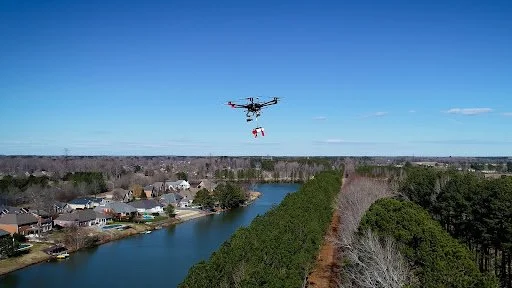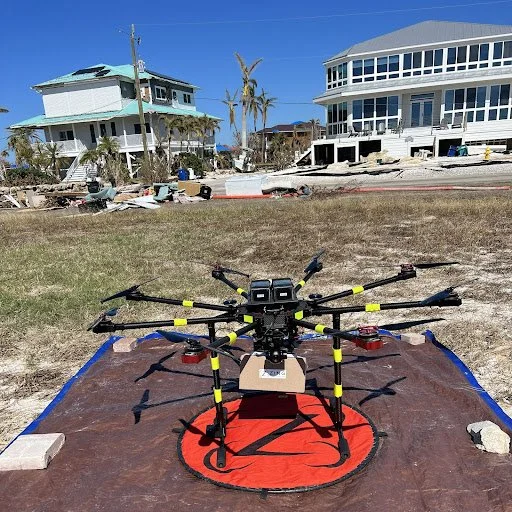Human-Centered Design Necessary for Drone Delivery to Scale
Mention the disruptive nature of drone delivery and most people probably imagine drones parachuting packages into the waiting arms of hungry burrito lovers. Unfortunately, this image fails to consider the realities of all the human users, customers, and bystanders that will interact with the drone during a delivery. For drone delivery to reach critical adoption, the entire delivery ecosystem must be designed around the way real people interact with it, or this disruption will fail.
Here at A2Z Drone Delivery, we are hyper-focused on all of the human elements that drone delivery touches. The final 20 meters of UAS delivery is an integral point where pilots, consumers and their neighbors all interact with the drone simultaneously. A viable delivery ecosystem needs to easily integrate with existing logistics networks. It also must balance the need for safety, reliability and ease-of-use for each of these participants.
Comfort of Consumers and Neighbors Will Activate Adoption
For most people, receiving a drone delivery will be an entirely new experience. It will also be a new experience for their surrounding neighbors. While consumer polling points to high demand for expanding residential drone delivery, people also have sincere sensitivity to drones flying around their homes. A delivery drone ecosystem that keeps people safe is just as important as one that makes them feel safe.
To address these concerns, we focus on delivering payloads from altitude where spinning propellers are kept far from people and property, and impacts of rotor noise are mitigated. Leveraging our tethered UAS winch, parcels are within our full control all the way to the ground. With delivery drones never descending below the roof line, we can eliminate privacy concerns of potentially-snooping cameras. To prevent people on the ground from hindering deliveries, we designed a touchless delivery mechanism that leaves the package behind without consumers present or interacting with the tether at all.
Was this parcel on my porch delivered by a ground vehicle or a UAS delivery? Many consumers will never know.
Let Pilots Pilot
Simplifying deliveries for the pilots at the helm of drone fleets is also a potentially-complicated touch-point between people and hardware. Our solutions are designed to allow pilots to focus on flying their drone. The complicated parcel deposit and navigation is left to our system. Our intelligent drone winch monitors payloads in flight, and enables them to release the tether in case of an emergency like entanglement with trees or a customer’s dog getting ahold of the tether.
Pilots also need smart navigation systems that are complementary to emerging autonomous capabilities. Automation will be imperative for deliveries to scale, but redundant manual controls will always be a necessity. With our A2Z QGC Ground Station, pilots can plot flight paths and delivery points, and execute an entire mission with the push of a single button.
Seamless Integration with Logistics
Another key touch-point between people and cargo drone ecosystems is at the logistics center. Responding to customer feedback, we designed our UAS winch to be drone agnostic, allowing it to be integrated with just about any UAS platform or fleet. We eliminated the need for specialty payload boxes, so logistics managers could make deliveries with their own boxes regardless of size or shape.
Commercial Applications Clearing the Approach for Residential Delivery
The full-scale rollout of residential drone delivery here in the US has been in the works for many years. Some A2Z Drone Delivery customers have also been at the forefront of demonstrating the safe and invaluable impacts of drone delivery. DroneUp has relied on our Rapid Delivery System to help it scale its operations, and we’ve worked with DroneDek to integrate our delivery platforms into their smart mailbox of the future.. Also, our customer Zing Drone Solutions recently conducted successful disaster relief deliveries following Hurricane Ian in Florida.
Photo credit: DroneUp
Rapidly expanding commercial drone delivery use cases have helped assuage federal regulatory concerns over safety as well as how people will interact with delivery drones. Their success in building consumer confidence also highlights just how important a human-centered approach will be to realize the disruptive promise of residential drone delivery.


